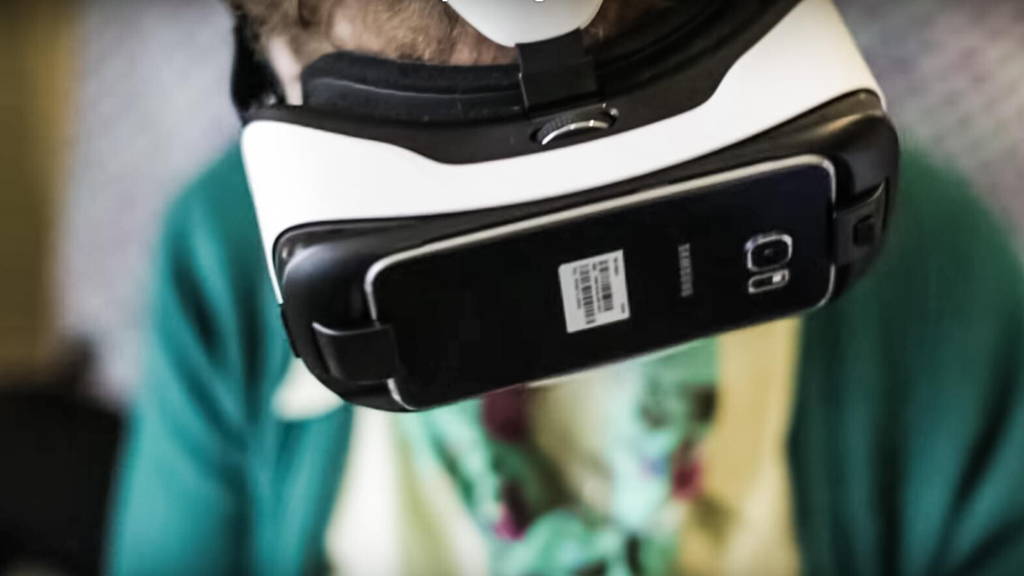In Australia the number of people diagnosed with dementia is now over 353.800. There are an estimated 46.8 million people worldwide living with dementia. And this number will double every 20 years, reaching 74.7 million in 2030 and 131.5 million in 2050. Virtual Reality can be used to enhance the quality of life of this growing group of patients. Australian tech-company Build VR developed the Solis VR unit for this purpose.
Build VR is situated in Victoria, Australia. The company specialises in virtual reality, virtual tours and 360? photography and video. In issue 5 of ICT&health, launcing this week, you will find an article about Dutch company Yellowbird, that developed VR-iendje. VR-iendje gives users the opportunity to have real-time contact with their home environment.
Injection of fun
The reason for development of the Solis was personal: the dad of co-founder Sally Darling was diagnosed with the disease. Darling and Marc Pascal, co-founder, noticed that a lot of nursing homes focus on comfort, leaving little room for fun. The Solis headset offers distraction for patients who are bored or show repetitive behaviour.New experiences or nostalgia
The technology gives the elderly a possibility to experience something new, without even having to leave their beds. The user starts the journey in an atrium, where he or she will find five paintings. These paintings depict the theme’s the user can choose from: travel, adventure, animals, relaxation or aquatic. When the user focuses on one of the paintings, the headset starts a 360? movie. This movie can show, for example, a canoe ride, a scuba dive or a trip in an Italian gondola. This can evoke feelings of nostalgia: with the headset it is possible to return to a homeland without leaving the room.Fans of technology
Although people often believe that elderly have an aversion to technology, Pascal and Darling have found that not to be the case. The elderly they’ve come into contact with, are all very positive about the Solis. They not only enjoy the experience, but are also quite proud that they’re the ones trying out such new technology. It makes them feel special, says Marc Pascal.Caretaker can join
Some caretakers react a bit suspicious at first. However; after realizing how well the elderly respond to the technology, and how easy it is to use, they quickly turn around, according to Pascal and Darling. To involve caretakers more, Build VR developed a way to sync a tablet to the headset. This way, the caretaker can watch with the patient and share the experience. Not only does this give caretakers the opportunity to guide their patients, it also shows what patients like and dislike.Future plans
Marc Pascal hopes to be able to launch an interactive, personal profile for each patients in the future. This profile should offer the patient more personal content, like the birthday of a grandchild or a tour through the new home of their friends. This way every patient gets a tailor-made atrium. For people with dementia it is especially valuable to be able to experience memories over and over again.Build VR is situated in Victoria, Australia. The company specialises in virtual reality, virtual tours and 360? photography and video. In issue 5 of ICT&health, launcing this week, you will find an article about Dutch company Yellowbird, that developed VR-iendje. VR-iendje gives users the opportunity to have real-time contact with their home environment.






